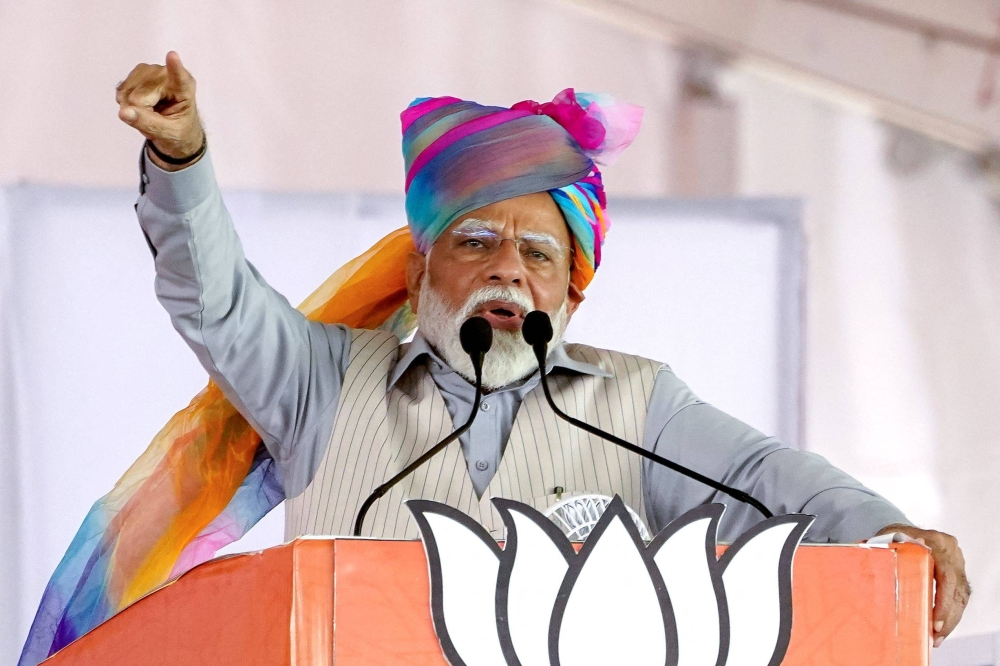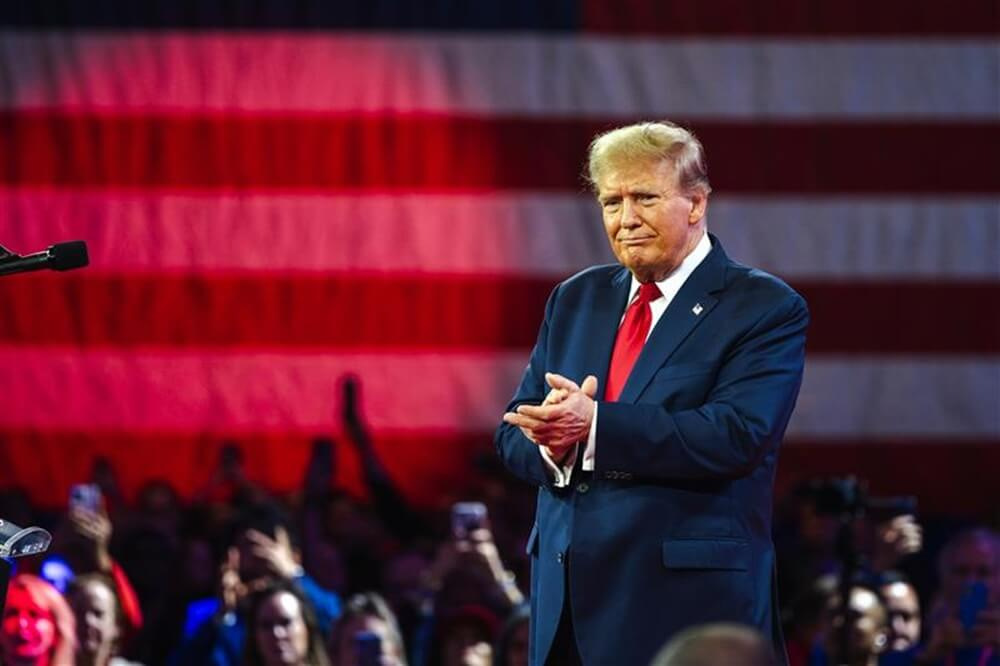
India espouses climate finance at COP29
As talks on robust climate finance that is publicly funded, grant-based, and concessional and priorities d loss and damage from climate impacts through the New Collective Quantified Goal (NCQG) reaches a crescendo at COP29, India is extremely nervous. More than any other country perhaps, India needs a positive outcome on climate finance and a comprehensive deal at COP29. For India, climate finance and a huge quantum of it is needed urgently to reach anywhere near its ambitious energy transition targets which it has revised to 500 giga watt (GW) by 2030. With only 10 days left to reach an agreement amid challenges such as President-elect Donald Trump’s threat to withdraw the US from the Paris Agreement, two on-going wars, and high inf lation, observers at COP29 feel securing a comprehensive finance deal will prove to be a daunting task. Achieving India’s renewable energy goals will necessitate a tripling of investments, prompting the country to advocate for additional funding support from the Global North through blended finance mechanisms, including multilateral development bank (MDB), green bonds, equity investors, and insurance and pension funds.
India will have to invest as much as $385 billion to meet its renewable energy targets by 2030, Moody’s Ratings have said, adding that coal would still remain the main source of electricity generation for the next decade. That is why the COP29 final deliberation on affordable climate finance is vital for India. Renewable energy accounts for 46 per cent India’s total installed power generation capacity of 452.69 GW, an official statement from the Ministry of New and Renewable Energy (MNRE) said. The country’s total renewable energy capacity surged by 24.2 GW (13.5 per cent) in just one year, reaching 203.18 GW in October 2024, as per the Ministry of New and Renewable Energy (MNRE). Combined with nuclear capacity, India’s total non-fossil fuel capacity was at 211.36 GW compared to 186.46 GW in 2023. Interestingly during the UN’s climate talks in COP28, India and China both refrained from signing the pledge to triple the world’s renewable energy capacity by 2030 even though New Delhi already committed to it as part of its G20 presidency. During the UN’s climate talks in COP28, 118 countries committed to tripling the global renewable energy capacity by 2030 in a highly endorsed initiative. The pledge called for phase down of unabated coal power and putting an end to the financing of new coal-fired power plants. India, which still bases its base load power on coal-based thermal power generation, refused to phase down on coal.
A fact corroborated by the Moody’s report. There is another major reason for this refusal. While India has made significant capacity addition to its renewable energy sources, it faces infrastructural bottlenecks like insufficient battery energy storage systems (BESS), commensurate with renewable energy production, lack of indigenous production capacity of components like solar modules, wafers etc. and still has to depend largely on China for raw materials. Despite Make in India and several subsidy based schemes, the government has not been able to reach a situation where it can phase down on fossil fuels.
 English daily published in Bengaluru & Doha
English daily published in Bengaluru & Doha





